Southeast Asia, a region celebrated for its vibrant cultures and breathtaking natural beauty, is defined by an intricate network of vital rivers. These waterways are more than just geographical features; they are the lifeblood of the region, serving as essential arteries for transportation, agriculture, and trade, sustaining the livelihoods of millions. Embarking on a river journey through these lands offers an unparalleled opportunity to immerse oneself in ancient traditions, witness bustling floating markets, and explore diverse ecosystems.
This guide invites you to navigate 10 of Southeast Asia’s most iconic rivers, each offering a unique window into the heart and soul of this captivating region. From the majestic Mekong to the historical Irrawaddy and the serene Salween, prepare to discover unforgettable experiences along these legendary waterways.
Table of Contents
Mekong River: The Heartbeat of Southeast Asia
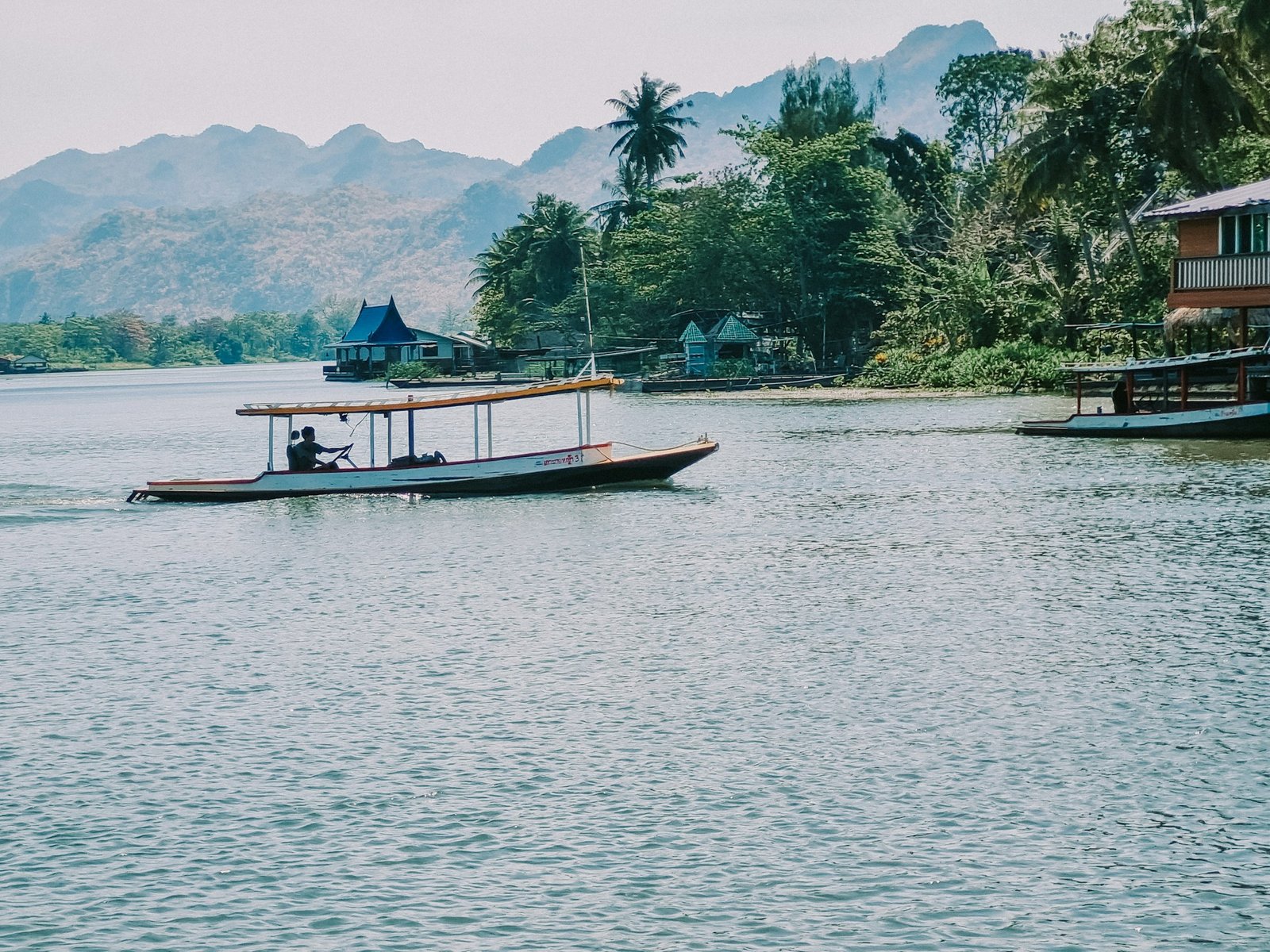
The Mekong River stands as the longest river in Southeast Asia, a colossal waterway flowing through six countries: China, Myanmar, Laos, Thailand, Cambodia, and Vietnam. Its significance extends far beyond its impressive length; it is a vital artery for transportation, agriculture, and trade, supporting the livelihoods of nearly 60 million people.
Journey highlights along the Mekong offer a diverse tapestry of experiences. In Vietnam, the Mekong Delta is a vibrant spectacle, where travelers can witness bustling floating markets, observe traditional village life characterized by stilted houses and farms, and explore lush, fertile landscapes. Moving upstream to Phnom Penh, Cambodia, the river provides access to the Royal Palace and Silver Pagoda, allowing visitors to delve into Cambodia’s rich history and culture. To delve deeper into Cambodia capital, explore our detailed guide on Phnom Penh and other incredible Southeast Asian cities. Cultural immersion opportunities abound, from experiencing traditional silk weaving demonstrations on Silk Island to participating in activities like cooking classes, cycling through verdant rice paddies, and kayaking through tranquil canals.
Beyond its cultural allure, the Greater Mekong region is recognized as one of the biologically richest places on the planet, with new species discovered every two days on average. This biodiverse hotspot harbors critically important populations of globally threatened species, including the majestic tiger, the Asian elephant, the elusive Mekong River dolphin, the colossal Mekong giant catfish, and the Crested gibbons. Despite this richness, many species face extinction due to threats like overfishing, habitat destruction, and climate change, with fewer than 100 Irrawaddy dolphins remaining in the Cambodian Mekong, primarily threatened by accidental capture in fishing nets (bycatch) and the disruption caused by dams.
Comprehensive conservation programs, such as those by WWF-Greater Mekong, focus on sustainable hydropower development, strengthening law enforcement, and improving protected area management. Initiatives like the “Mekong Conservation Heroes” program highlight individuals dedicated to protecting endangered species and ecosystems, with trials of “pingers” showing success in deterring dolphins from nets.
Chao Phraya River: Bangkok’s Majestic Lifeline
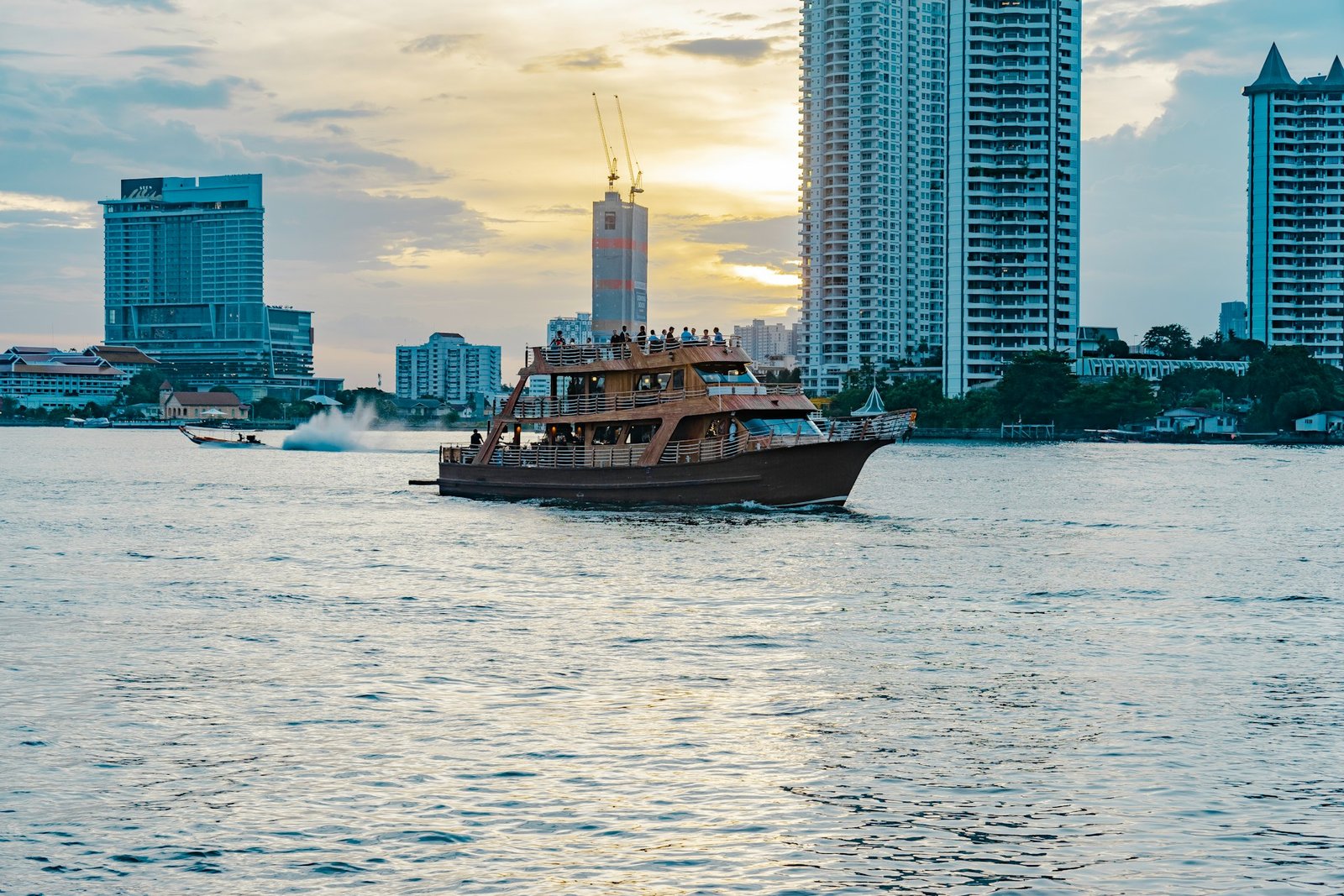
The Chao Phraya River, often referred to as the “River of Kings,” is a major waterway flowing directly through the heart of Bangkok, Thailand. It holds immense significance in the city’s history and cultural identity, serving as a backdrop for countless historical events and daily life.
Journey highlights on the Chao Phraya are synonymous with exploring Bangkok itself. Travelers can embark on scenic canal cruises to iconic landmarks such as the Grand Palace, Wat Phra Chetuphon (Wat Pho), and Wat Arun (the Temple of Dawn), observing local life unfold along the riverbanks. Cultural experiences are abundant, including enjoying dinner cruises that offer stunning views of illuminated temples, exploring bustling markets that line the river, and discovering the numerous temples and palaces that define Bangkok’s skyline.For an in-depth look at Thailand’s vibrant capital, see our feature on Bangkok and other must-visit Southeast Asian cities.
The Chao Phraya River is also central to one of Thailand’s most enchanting cultural celebrations, the Loy Krathong festival, where Thais float small boats of offerings as tokens of gratitude toward the goddess of water. However, this beautiful tradition presents environmental challenges. The over-floating of krathongs, even those made from organic materials, can lead to significant pollution, stench, and rot if the volume exceeds what waterways can naturally process. Harmful materials like polystyrene foam (Styrofoam) remain a priority issue due to their severe damage to water and aquatic life.
Despite these challenges, there are ongoing conservation efforts, including promoting modest floating and encouraging the use of creative new materials like bread and fruits that decompose faster. Rising public awareness has led to a decrease in the total number of krathongs collected in Bangkok and a sharp reduction in Styrofoam floats in recent years.
Irrawaddy River: Myanmar’s Ancient Artery
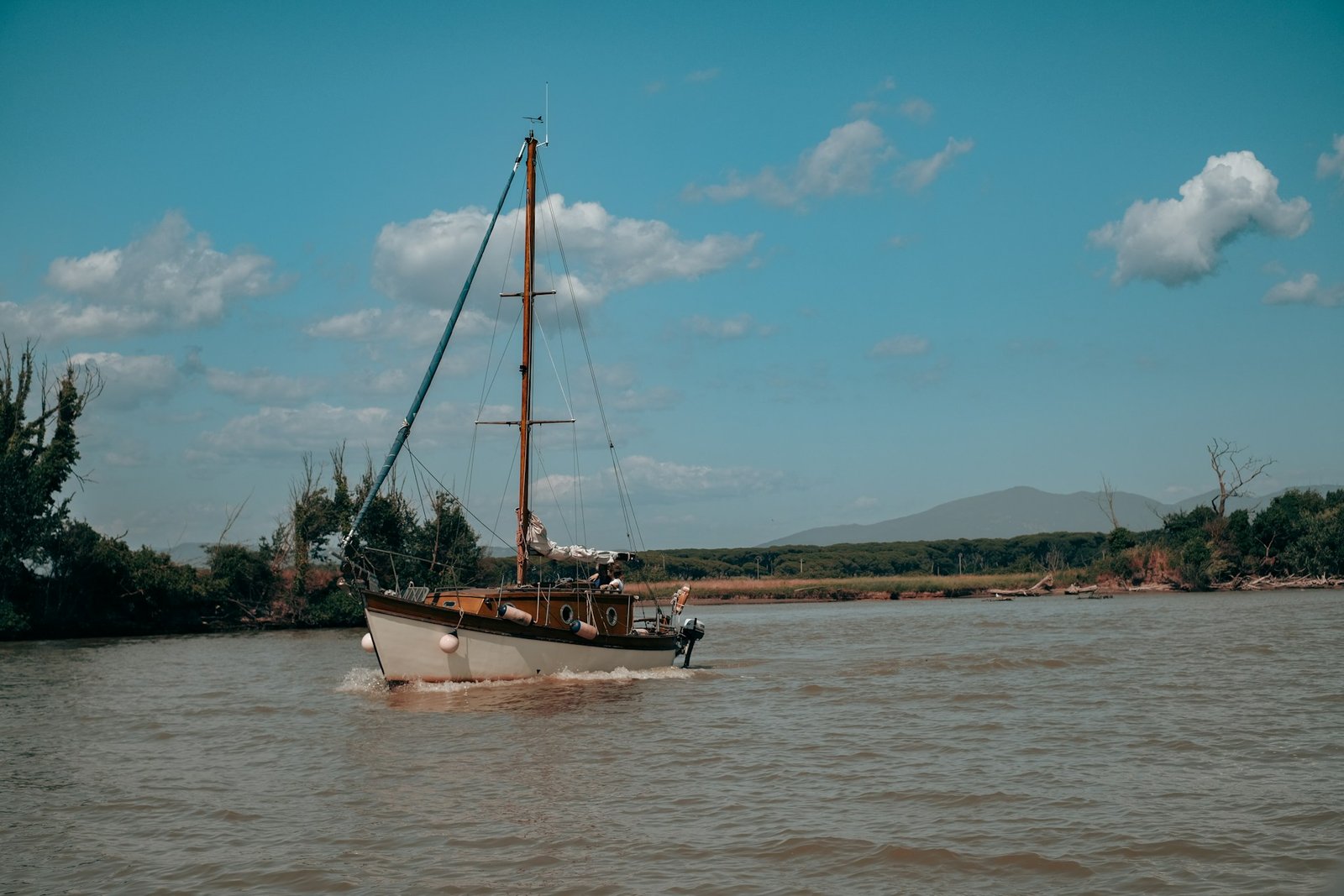
The Irrawaddy River, the largest river in Myanmar (formerly Burma), is far more than a geographical feature; it is a vital artery for transportation and trade, deeply intertwined with the country’s history and cultural identity. Its waters have witnessed centuries of Myanmar’s development and remain central to the lives of its people.
Journey highlights along the Irrawaddy are often centered around the ancient city of Bagan. Here, thousands of pagodas and temples dot the landscape, offering a profound glimpse into Myanmar’s rich cultural heritage and a truly unforgettable experience for travelers. River cruises provide a unique vantage point to explore this historical marvel and observe daily life along the riverbanks.
The Irrawaddy River Landscape (ARL) boasts exceptional biodiversity, home to over 1,400 mammal, bird, and reptile species, with more than 100 globally threatened. An estimated 600 fish species inhabit the basin, with 388 already identified, half of which are endemic. Iconic animals include the tiger, Asian elephant, clouded leopard, and the critically endangered Irrawaddy river dolphin. However, rapid development poses major threats, including deforestation, mangrove degradation, and the construction of dams.
Illegal fishing practices, such as electro-fishing, and pollution further impact vulnerable species like the Irrawaddy dolphin, whose populations are declining due to overfishing, habitat destruction, and climate change. Conservation efforts are underway, with WWF supporting campaigns for a free-flowing Ayeyarwady River and trials of “pingers” to deter dolphins from fishing nets.
Red River: Vietnam’s Historical Cradle
The Red River, flowing through China and Vietnam, is not merely a geographical feature but a vital waterway for agriculture and a river of immense historical significance. It has profoundly shaped the land and culture of the Red River Delta, providing fertile soil and sustaining diverse communities throughout history.
Journey highlights along the Red River primarily focus on Vietnam’s capital, Hanoi. Here, travelers can explore the city’s ancient architecture, navigate the bustling Old Quarter, and observe the enduring influences of French colonial design. The river also serves as a gateway to the stunning karst landscape of Halong Bay, a UNESCO World Heritage site, where cruises offer breathtaking views.
The Red River holds profound historical and cultural significance, serving as the cradle of Vietnamese civilization over millennia. It was central to the Đông Sơn culture, known for its bronze drums and early advancements in wet-rice cultivation, nurturing the growth of early Vietnamese states. The river played a pivotal role during the Lý and Trần dynasties, functioning as a vital trade route and a natural defensive barrier. Its basin nourishes several provinces and cities, highlighting its role as a lifeline for northern Vietnam, supporting agriculture, transportation, and urban development.
The Red River Delta is also recognized as a UNESCO Biosphere Reserve, established in 2004, with mangroves and intertidal habitats serving as globally important migratory sites for numerous bird species, and home to animals like the saltwater crocodile and dugong.
Salween River: Asia’s Last Free-Flowing Frontier
Originating in the Tibetan Plateau, the Salween River traverses China, Myanmar, and Thailand, forming part of the border between Thailand and Myanmar. It is notably one of Asia’s last major free-flowing rivers, devoid of the large hydropower dams that have significantly altered other major waterways like the Mekong. This pristine status allows it to sustain a rich ecosystem and numerous Indigenous communities across its basin.
The Salween offers unparalleled opportunities for nature exploration, allowing travelers to experience remote wilderness and encounter diverse wildlife. Its ecosystem hosts over 200 species of fish, with more than a dozen being endemic, meaning they are found nowhere else, such as Hampala salweenensis and Hypsibarbus salweenensis. Larger fauna in the Salween River biome include Siamese crocodiles, Asian small-clawed otters, and the fishing cat. The basin is also believed to house nearly half of China’s animal species, including sun bears, leopards, pangolins, and black snub-nosed monkeys. The river also boasts the world’s greatest biodiversity of turtles and numerous bat species.
Despite its ecological significance, the Salween faces severe threats from at least 20 proposed hydropower dams, mainly in Myanmar. These planned dams pose significant risks, including disrupting freshwater fish ecology and threatening one-third of the river’s 75 fish species. Projects like the Thai-backed Hatgyi Dam and the Yuam River Diversion Project risk submerging villages, displacing Indigenous Karen communities, and diverting massive amounts of water for agriculture. The proposed dams are also located in seismically active regions, raising concerns about earthquake triggers and the potential for devastating domino effects of dam failures. Local resistance, legal challenges, and transboundary activism are mounting, with critics calling for permanent protection of the Salween and condemning the exclusion of affected communities from decision-making.
Nam Song River: Laos’ Adventurous Gem
The Nam Song River, a smaller but no less captivating waterway, is located in Laos. It is particularly celebrated for its picturesque scenery, characterized by stunning limestone karsts and lush greenery, making it a popular destination for adventurous activities.
Journey highlights along the Nam Song River are centered around the town of Vang Vieng. Here, travelers can experience tubing, a popular activity that involves floating down the river on an inner tube, offering a relaxed yet scenic way to take in the breathtaking landscape surrounding the river. Beyond tubing, the area offers opportunities for kayaking, rock climbing, and exploring numerous caves, all set against the dramatic backdrop of the river and its unique geological formations. The Nam Song provides a more intimate and active river experience compared to the larger waterways of Southeast Asia, appealing to those seeking both adventure and natural beauty.
River Kwai: Thailand’s Historical Waters
The River Kwai, situated in Thailand, holds a poignant place in history, famously known for its role in World War II. It is inextricably linked to the construction of the “Death Railway,” built by Allied prisoners of war under brutal conditions.
Journey highlights along the River Kwai are deeply rooted in its historical significance. Visitors can explore various historical war sites, including the renowned Bridge on the River Kwai, which stands as a powerful memorial to the sacrifices made during its construction. The Hellfire Pass Memorial and Museum further illuminate the harrowing conditions faced by the prisoners of war, offering a somber but important educational experience. Beyond its historical weight, the River Kwai also offers opportunities for nature immersion.
Travelers can consider staying in a floating hotel directly on the river, providing a unique accommodation experience, and enjoying the serene surrounding natural beauty, which contrasts sharply with its wartime past. The area around the river is lush with tropical forests and waterfalls, inviting exploration and reflection.
Pasig River: Manila’s Revitalized Artery
The Pasig River, located in the Philippines, flows through the heart of the capital city of Manila. For decades, it suffered from severe pollution and neglect, becoming less prominent for tourism. However, significant efforts are now underway to revitalize this historically important waterway.
Journey highlights along the Pasig River offer a unique historical insight into Manila. While not traditionally a major tourist destination, the ongoing rehabilitation efforts aim to restore its allure. Travelers can explore Manila’s rich history and colonial architecture in areas near the river, such as Intramuros and the vicinity of the Manila Central Post Office.
The current administration has initiated the Pasig River Urban Development program, with the ambitious goal of restoring the 27-kilometer river to its “historically pristine condition conducive to transport, recreation, and tourism”. This program has received substantial international support, including a $20-million funding commitment from the United Arab Emirates. A key visible achievement of these efforts is the construction of an esplanade behind the Manila Central Post Office, serving as a showcase for the project, allowing residents and visitors to bike, stroll, and gather along the river.
The ultimate goal is not only to showcase an impressive esplanade for international guests but also to preserve the river’s cultural history, restore its use as an efficient transport route, and provide locals with unfettered access to sustainable leisure. These efforts are part of a wider government plan to rehabilitate heavily polluted urban waterways, exemplified by the Manila Bay “white sand” project.
Tonlé Sap: Cambodia’s Freshwater Heart
Tonlé Sap, located in Cambodia, holds the distinction of being the largest freshwater lake in Southeast Asia. It is intricately connected to the mighty Mekong River, with its unique hydrological system causing the river to reverse its flow seasonally, dramatically expanding the lake’s size during the wet season.
Journey highlights on Tonlé Sap offer a profound glimpse into a unique way of life. Travelers can explore the distinctive floating villages, observing how entire communities live, work, and thrive directly on the water. This provides a fascinating insight into rural life and adaptation to the lake’s dynamic environment. Beyond cultural immersion, Tonlé Sap is a biodiversity hotspot. It is recognized by UNESCO as a globally significant wetland ecosystem and boasts one of the most productive and diverse fisheries systems in the world, providing key breeding grounds for fish and accounting for 60% of Cambodia’s protein intake. It also features the largest seasonally flooded freshwater swamp forest habitat in Southeast Asia.
Conservation efforts are critical and ongoing to preserve Tonlé Sap’s treasured biodiversity. Since 2021, the EU has been funding initiatives like the ‘Our Tonle Sap’ project, led by the Wildlife Conservation Society (WCS), to conserve the Biosphere Reserve. As part of this project, several new protected areas have been established, including the 20,000-hectare Prek Toal Ramsar site, Cambodia’s largest bird sanctuary, home to hundreds of bird species, including 15 globally threatened species. Despite these efforts, the Tonlé Sap ecosystem faces unprecedented threats, including land seizure by commercial farmers and developers, deforestation for firewood and agriculture, and water level changes in the Mekong River due to dams, which are likely to have dramatic effects on the ecosystem and local livelihoods.
Nan River and Ping River: Thailand’s Local Veins
The Nan River and Ping River are two significant waterways located in Thailand, which ultimately flow into the Chao Phraya River. While they may not be as prominent as major tourist destinations like the Mekong or Chao Phraya, they offer unique glimpses into local life and scenery away from the bustling crowds.
Journey highlights along the Nan and Ping Rivers provide opportunities for local immersion. Travelers can experience everyday life along the riverbanks, observing traditional communities, local markets, and agricultural practices that rely on these waterways. Enjoying a peaceful walk along their banks offers a serene perspective on rural Thai life and the natural beauty of the lesser-known regions. These rivers serve as important local arteries, supporting regional economies and offering an authentic, tranquil counterpoint to the more heavily touristed areas, ideal for those seeking a quieter, more intimate connection with Thailand.
River Cruise Options
For those seeking a luxurious and immersive way to explore Southeast Asia’s iconic waterways, river cruises offer an excellent option. Many tour operators, such as Scenic and Avalon Waterways, provide multi-day luxury river cruises, primarily along the Mekong River. These journeys typically explore Vietnam and Cambodia, and sometimes extend to Laos and Thailand, offering a comprehensive passage through the region’s heartland.
Typical Mekong cruises range from 7 to 24 days, with most travelers opting for journeys of 13-15 days, allowing for a thorough exploration of the diverse landscapes and cultures. Cruises often include a variety of excursions, such as visits to vibrant floating markets, traditional villages, ancient temples, and historical sites, providing rich cultural insights.
Onboard, cultural performances and regional cuisine further enhance the immersive experience. Some tours focus specifically on sections of the Mekong Delta, offering active options like biking through rural areas, kayaking through canals, and participating in cooking classes to learn about local culinary traditions. The best time to take a Southeast Asia river cruise is generally between November and February, when the weather is typically dry and temperatures are moderate, making for comfortable travel conditions.
Conclusion: Charting Your Southeast Asian River Adventure
Embarking on a journey along Southeast Asia’s iconic rivers offers an unparalleled opportunity to connect with the region’s vibrant cultures, breathtaking landscapes, and critical environmental narratives. From the life-sustaining Mekong to the historically rich Irrawaddy and the revitalized Pasig, each waterway tells a unique story of human resilience, natural wonder, and ongoing conservation efforts. These rivers are not just routes for travel; they are living arteries that pulse with the rhythm of daily life, ancient traditions, and diverse ecosystems.
Whether you seek cultural immersion, adventurous exploration, or a deeper understanding of the region’s ecological challenges, a river journey through Southeast Asia promises an unforgettable and profoundly enriching experience. Plan your adventure today and discover the magic that flows through the heart of this extraordinary continent.
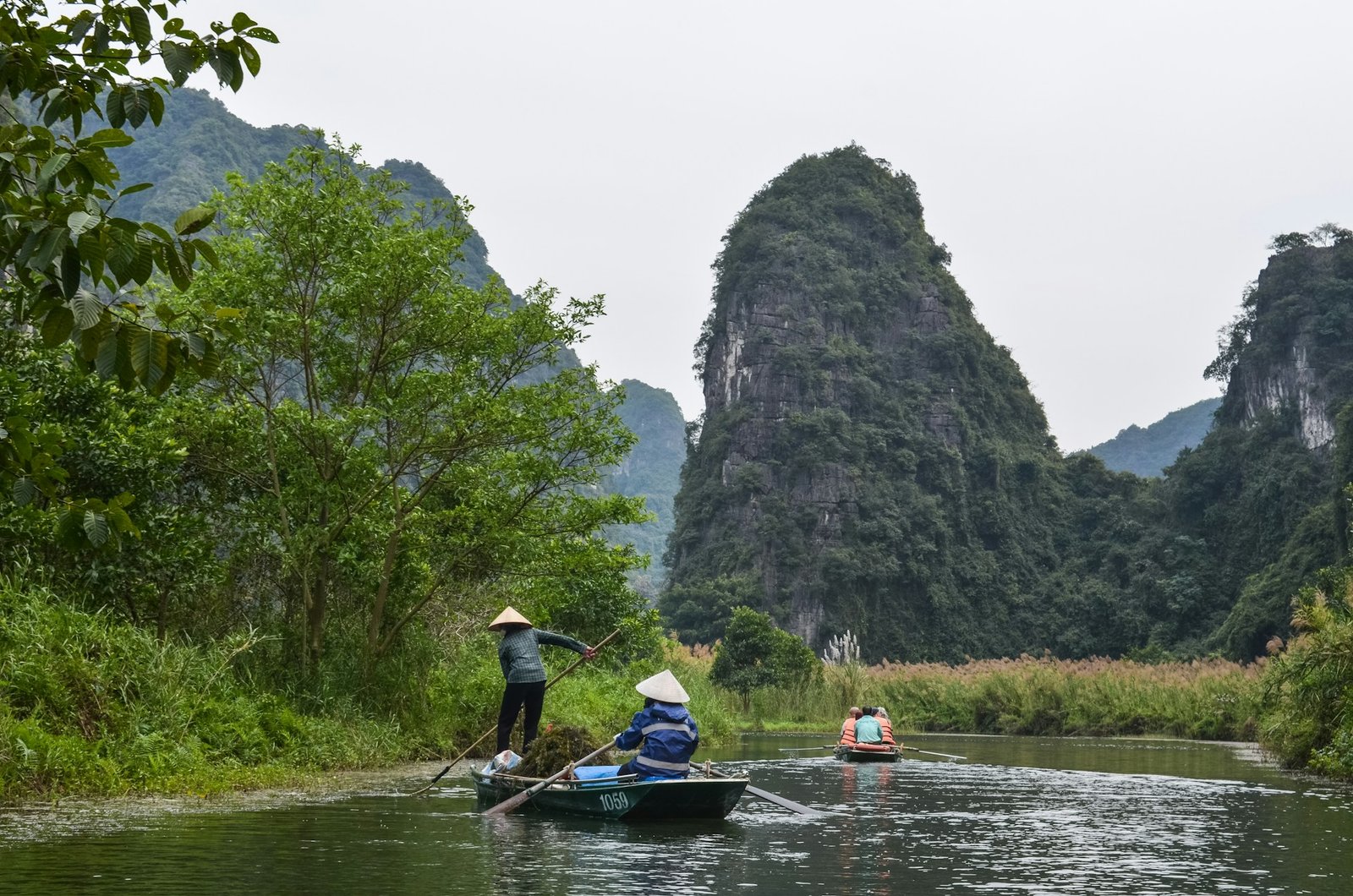

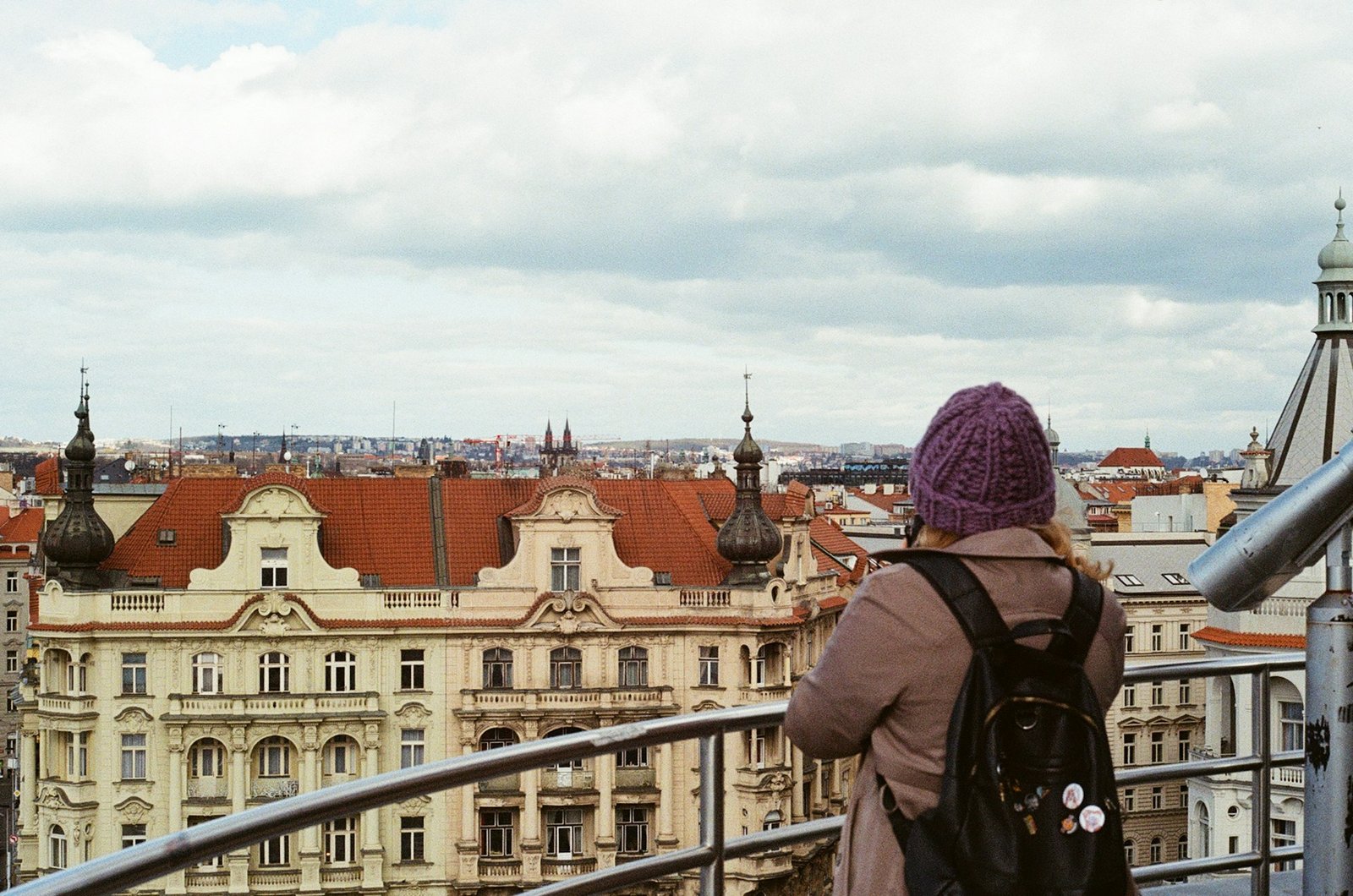
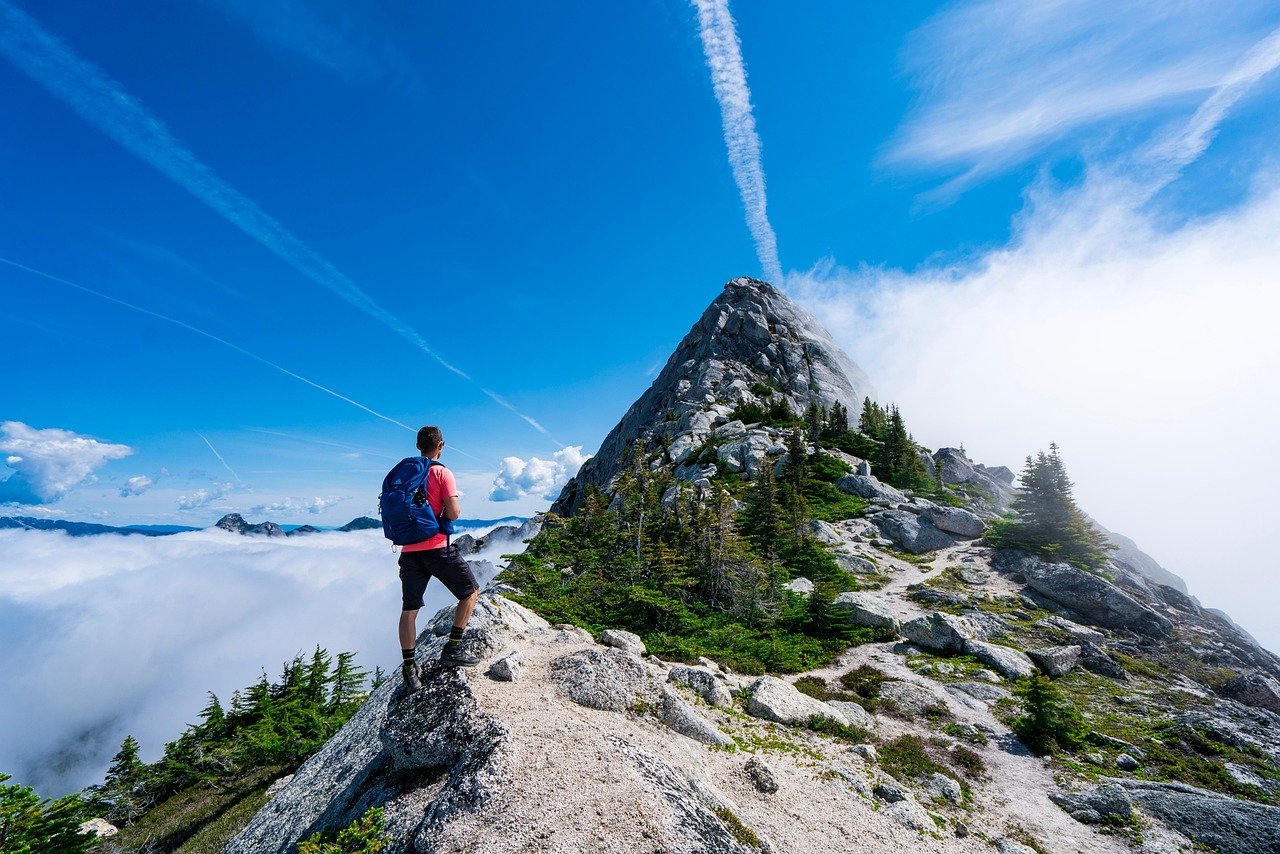
Leave a Reply